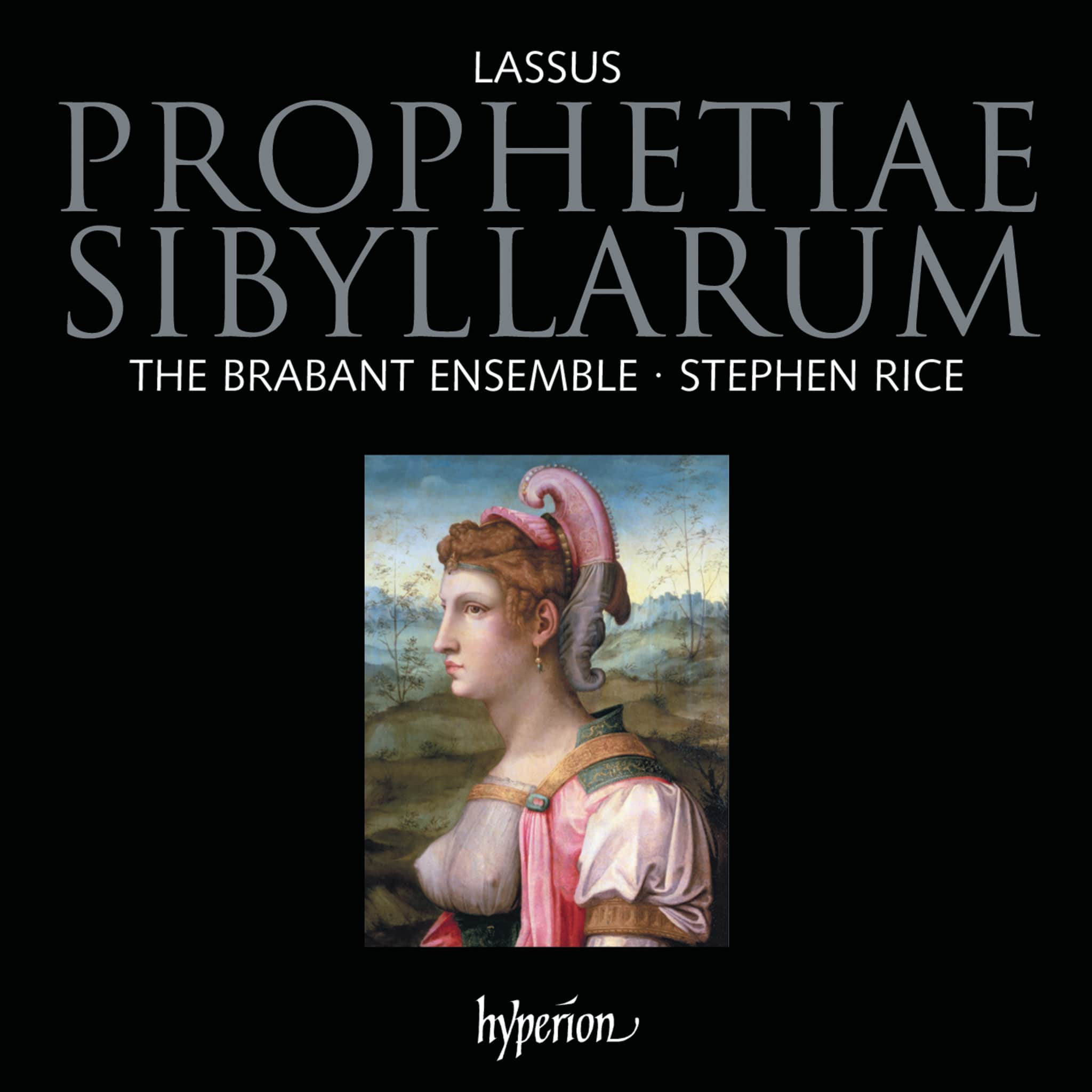Album insights
Handel's opera Ottone premiered on January 12, 1723 at the King's Theatre Haymarket in London. Handel finished the opera in the summer of the previous year, with the first draft ready by August 10. However, it needed several revisions before the first performance could take place due to issues with the celebrated ensemble of performers assembled, some of whom expressed dissatisfaction with their roles. Handel was fortunate to have engaged several outstanding Italian singers for the Royal Academy of Music in London, which had been advocating for Italian opera since 1720. His cast for Ottone included three excellent singers: soprano Margherita Durastanti as Gismonda, the renowned alto castrato Senesino in the title role, bass Giuseppe Boschi, alongside English contralto Anastasia Robinson (playing Matilda), castrato Gaetano Berenstatt as Adelberto, and soprano Francesca Cuzzoni as Princess Teofane, the latest discovery from Italy.
Handel's libretto for Ottone was written by Nicolo Haym based on the libretto by Stefano Pallavicino from 1719 for Lotti's Teofane, which was commissioned to celebrate the wedding of Elector Friedrich August of Saxony and Archduchess Maria Josepha of Austria. Pallavicino's plot was rooted in the true story of the historical royal wedding between Otto II of Germany and the Byzantine princess Theophano that took place in Rome in 972. Additionally, he added the suppression of Berengar's revolt, who in 950 attempted to take the throne from Otto (supported by Berengar's wife Willa, who is transformed into Gismonda in the new version), and the ascension of Basil II to the Byzantine throne in 976. The opera introduces Basil as the Brigant Emireno, which was Pallavicino's own invention.
Francesca Cuzzoni was dissatisfied with her role and complained that it did not match her abilities. Leveraging her relationship with Giuseppe Riva, the Ambassador of Modena, she brought her concerns to Handel. This diplomatic strategy seemed to work, as the composer exchanged two of her arias for others that showcased her character in a more positive light. Francesca Cuzzoni was set to make her London debut, and her reputation preceded her positively, as reported in the London Journal on October 27, 1722.
Despite Francesca Cuzzoni's hefty fee of £1500, almost double the amount initially budgeted by the Academy, the season ended profitably, with shareholders receiving a seven percent dividend. The following year, Handel moved to Brook Street, where he resided for the rest of his life. Ottone was re-staged several times over the years, with Handel making adjustments to accommodate new singers, as was customary during revivals.
Handel's orchestration for Ottone was relatively modest compared to later works, focusing more on melodic elegance rather than extravagant instrumental displays. The simple orchestration, consisting mainly of strings, oboes, and bassoons, allowed the composer to highlight the beauty of the melodies, as seen in Ottones' wonderful evening song 'Deh! non dir.'
The opera's thematic foundation after Haym's original libretto of 1723 follows the story of Otto, son of Emperor Otto the Great, who is sent to Italy and achieves victories against the Greeks and the Saracens, ultimately marrying Theophane, daughter of the Eastern Roman Emperor. Additional layers of political intrigue and familial relationships shape the narrative, culminating in a dramatic resolution in the final act.
In the final acts of Ottone, the intricate web of relationships and revelations lead to the ultimate resolution of the story, with love triumphing over betrayal, and the characters finding peace and closure in a delightful conclusion. Handel's masterful compositions bring each character's emotions to life, creating a captivating and deeply moving operatic experience.








